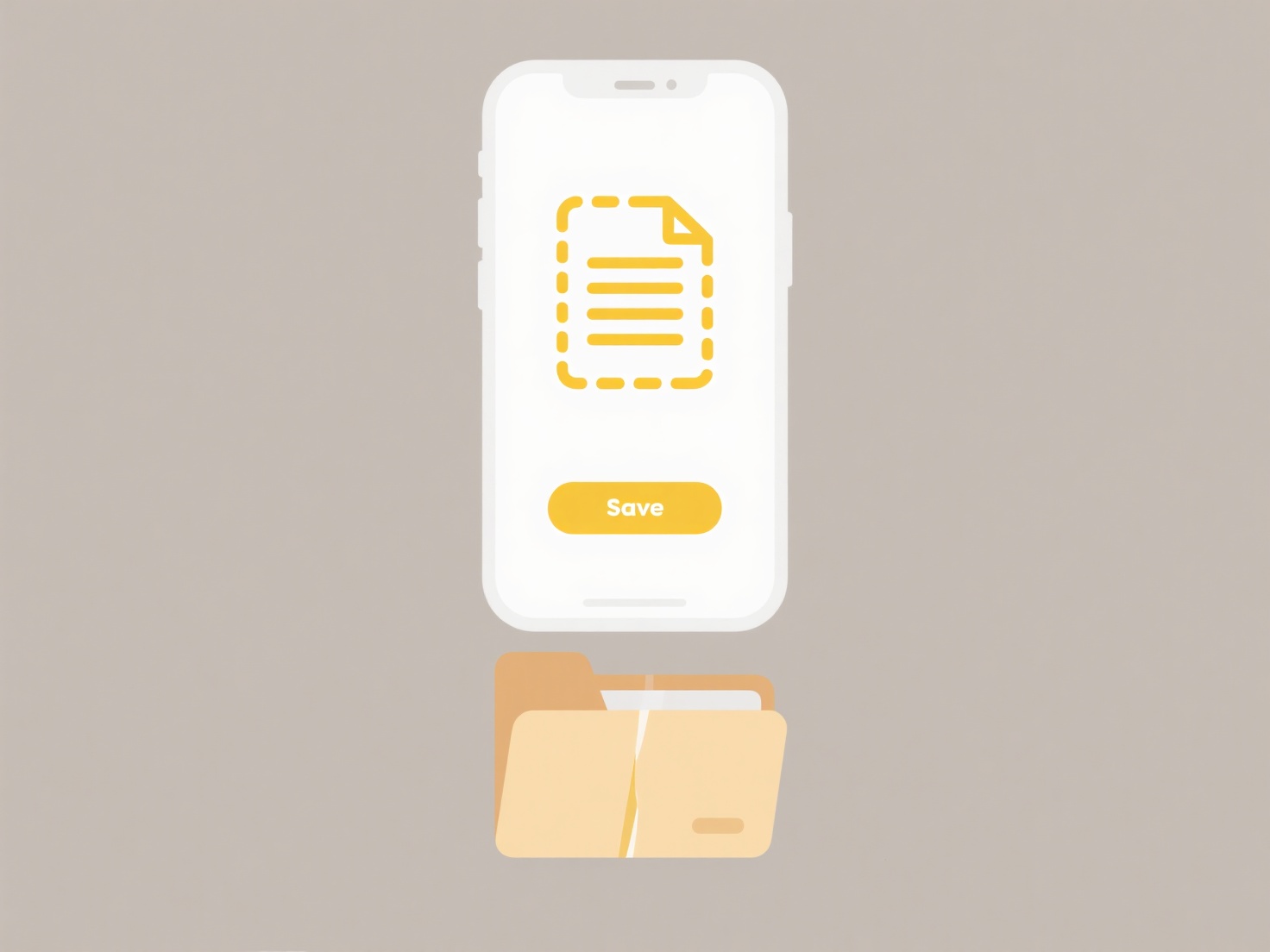
An unknown file extension indicates your operating system lacks a default program association to handle that file type. File extensions act as labels that tell your computer which specific application should be used to interpret the file's contents. When a file's extension is unfamiliar or not registered on your system, the OS doesn't know which software should be launched to attempt opening it. This is distinct from known file types like .docx or .jpg, which your computer automatically links to compatible applications.
For instance, you might encounter a specialized .psd file if working with Adobe Photoshop graphic designs, requiring that specific software. Similarly, an engineering colleague might send a .prj file intended for a particular CAD or GIS program you don't have installed. These examples illustrate common scenarios in creative, technical, or niche industry applications where proprietary formats are used.

The primary advantage is system stability, as preventing unknown files from executing arbitrary code protects your computer from potential malware. A key limitation is productivity disruption when legitimate work files cannot be accessed immediately. This necessitates manually identifying the required software or requesting a compatible file format from the sender. Future developments may improve context-based identification beyond simple extensions, enhancing flexibility while maintaining security.
Why can't I open a file with an unknown extension?
An unknown file extension indicates your operating system lacks a default program association to handle that file type. File extensions act as labels that tell your computer which specific application should be used to interpret the file's contents. When a file's extension is unfamiliar or not registered on your system, the OS doesn't know which software should be launched to attempt opening it. This is distinct from known file types like .docx or .jpg, which your computer automatically links to compatible applications.
For instance, you might encounter a specialized .psd file if working with Adobe Photoshop graphic designs, requiring that specific software. Similarly, an engineering colleague might send a .prj file intended for a particular CAD or GIS program you don't have installed. These examples illustrate common scenarios in creative, technical, or niche industry applications where proprietary formats are used.

The primary advantage is system stability, as preventing unknown files from executing arbitrary code protects your computer from potential malware. A key limitation is productivity disruption when legitimate work files cannot be accessed immediately. This necessitates manually identifying the required software or requesting a compatible file format from the sender. Future developments may improve context-based identification beyond simple extensions, enhancing flexibility while maintaining security.
Quick Article Links
Can I use Wisfile offline in an air-gapped environment?
Can I use Wisfile offline in an air-gapped environment? Wisfile runs entirely offline with no internet connection requ...
How can I open a PowerPoint file on my phone?
Opening a PowerPoint file on your phone means accessing and viewing or editing a presentation file (like .PPTX or .PPT f...
Are there any hidden costs or premium features in Wisfile?
Are there any hidden costs or premium features in Wisfile? Wisfile is completely free, with no hidden costs or premium...